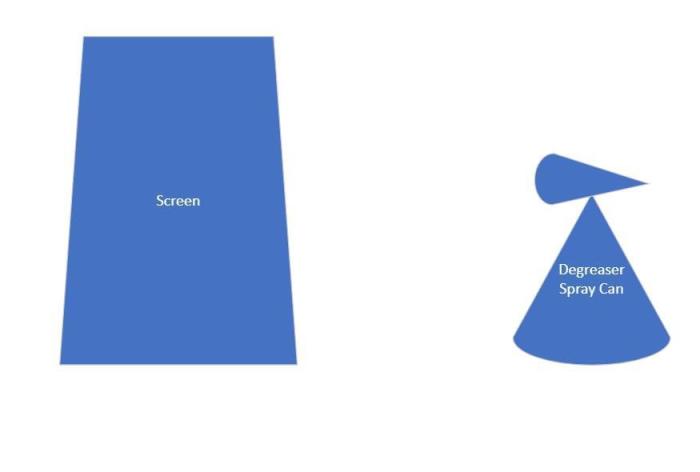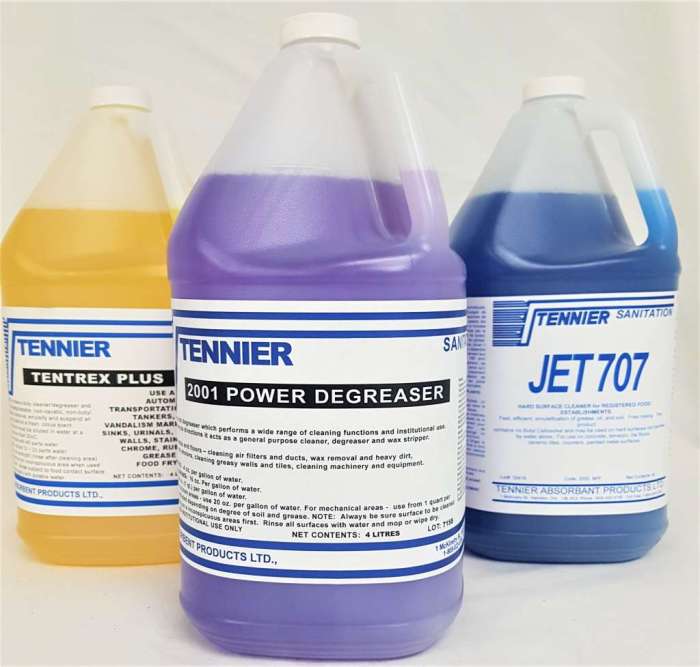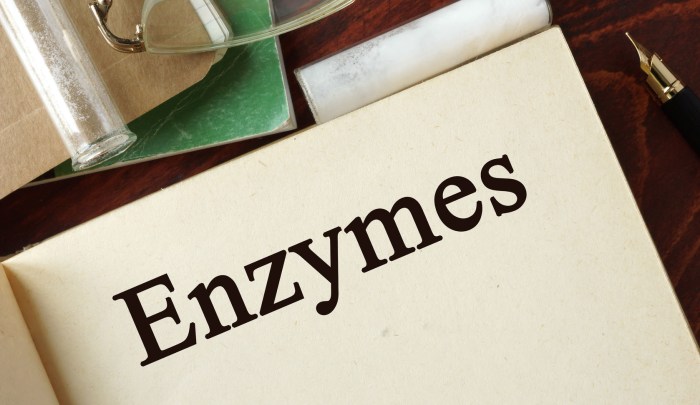Degreasers can be broken down into two main categories: solvent degreasers and aqueous degreasers. This comprehensive overview delves into the composition, characteristics, advantages, and applications of each category, providing valuable insights into the selection and safe use of degreasers in various industrial settings.
Solvent degreasers, composed of organic solvents, offer powerful cleaning capabilities but pose potential environmental and safety concerns. Aqueous degreasers, on the other hand, utilize water-based solutions and are generally considered more environmentally friendly, although their cleaning efficacy may be lower than solvent degreasers.
Degreasers: A Comprehensive Overview: Degreasers Can Be Broken Down Into Two Main Categories

Degreasers, essential tools in various industries, are chemical agents designed to remove grease, oil, and other contaminants from surfaces. They are categorized into two primary types: solvent degreasers and aqueous degreasers.
Types of Degreasers
Degreasers can be classified into two main categories based on their composition and properties:
- Solvent Degreasers
- Aqueous Degreasers
Solvent Degreasers
Solvent degreasers are composed of organic solvents such as acetone, petroleum distillates, and chlorinated hydrocarbons. They are highly effective in removing heavy grease and oil due to their non-polar nature, which allows them to dissolve and break down non-polar contaminants.
Advantages of Solvent Degreasers:
- Excellent cleaning power
- Fast evaporation rate
- Leaves no residue
Disadvantages of Solvent Degreasers:
- Flammable and volatile
- Harmful to the environment
- May require specialized handling and disposal
Industry Applications:
- Automotive repair
- Machinery maintenance
- Electronics manufacturing
Aqueous Degreasers
Aqueous degreasers, on the other hand, are water-based solutions that contain surfactants and alkaline builders. They are less aggressive than solvent degreasers but still effective in removing light to moderate grease and oil.
Advantages of Aqueous Degreasers:
- Non-flammable and less hazardous
- More environmentally friendly
- Cost-effective
Disadvantages of Aqueous Degreasers:
- Lower cleaning power than solvent degreasers
- May leave a residue
- Not suitable for heavy grease removal
Factors to Consider When Selecting an Aqueous Degreaser:
- Type and severity of contamination
- Material compatibility
- Environmental regulations
Applications of Degreasers
Degreasers are widely used in various industries to remove contaminants and prepare surfaces for further processing. The following table provides a summary of common industrial applications of degreasers:
| Industry | Specific Applications | Suitable Degreaser Types |
|---|---|---|
| Automotive | Engine cleaning, brake degreasing | Solvent degreasers, aqueous degreasers |
| Manufacturing | Metal cleaning, machinery degreasing | Solvent degreasers, aqueous degreasers |
| Electronics | Circuit board cleaning, component degreasing | Solvent degreasers |
| Food processing | Equipment cleaning, conveyor belt degreasing | Aqueous degreasers |
| Healthcare | Medical instrument cleaning, surgical equipment degreasing | Aqueous degreasers |
Safety Considerations
When using degreasers, it is crucial to observe proper safety precautions to minimize potential hazards:
- Wear appropriate personal protective equipment (PPE), including gloves, eye protection, and a respirator if necessary.
- Use degreasers in well-ventilated areas.
- Store degreasers in a safe and secure location, away from heat and ignition sources.
- Follow the manufacturer’s instructions for proper handling, storage, and disposal.
Environmental Impact, Degreasers can be broken down into two main categories
The use of degreasers can have an environmental impact, particularly with solvent degreasers. Solvent degreasers release volatile organic compounds (VOCs) into the atmosphere, which can contribute to air pollution and ozone depletion.
Aqueous degreasers are generally more environmentally friendly, as they contain fewer VOCs and are less likely to harm aquatic life. However, it is still important to dispose of degreasers properly to avoid contaminating waterways.
To minimize the environmental impact of degreaser use, consider the following recommendations:
- Use aqueous degreasers whenever possible.
- Use closed-loop systems to minimize VOC emissions.
- Dispose of degreasers properly at a licensed hazardous waste facility.
Question & Answer Hub
What are the main advantages of using solvent degreasers?
Solvent degreasers offer rapid cleaning, high solvency power, and the ability to remove heavy grease and oils.
What are the key considerations when selecting an aqueous degreaser?
Factors to consider include cleaning efficiency, water hardness tolerance, compatibility with materials, and environmental regulations.


